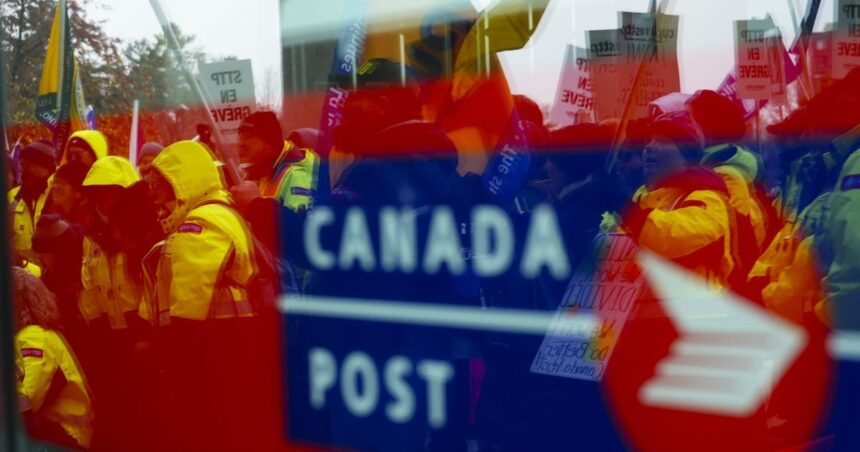As the clock ticks toward a potential nationwide postal disruption, negotiations between Canada Post and the Canadian Union of Postal Workers (CUPW) have reached a critical impasse. The union representing over 50,000 postal workers announced yesterday that Canada Post’s latest contract proposals “fall dramatically short” of addressing core worker concerns, setting the stage for what could become the largest postal strike since 2018.
“The corporation continues to present offers that ignore the realities our members face daily,” said Julianne Edwards, CUPW National President, during a press conference in Ottawa. “With rising living costs and increasingly demanding working conditions, our members require meaningful improvements, not superficial adjustments to the status quo.”
The current collective agreement expires at midnight on May 31, giving negotiators just over a week to bridge significant gaps on key issues. According to union representatives, central sticking points include wage increases that keep pace with inflation, improved benefits for rural and suburban mail carriers, and addressing concerns about mandatory overtime that has become increasingly common in distribution centers.
Canada Post spokesperson Michael Torres defended the Crown corporation’s position, stating that their offer represents “a fair and reasonable package that balances worker needs with the financial realities of a changing postal landscape.” The proposal reportedly includes a 2.7% annual wage increase over four years and modest improvements to benefits, which the corporation maintains is competitive within the public sector.
Economic analysts are closely monitoring the situation, as a postal disruption could have significant implications across multiple sectors. The timing is particularly concerning for small businesses that rely heavily on Canada Post’s services for e-commerce fulfillment.
“A prolonged strike would create serious challenges for small retailers who lack the resources to quickly pivot to alternative delivery options,” explained Dr. Samantha Chen, Professor of Business Economics at the University of Toronto. “Many have already been stretched thin by pandemic recovery efforts and can ill afford further disruptions to their supply chains.”
The potential strike comes at a time when Canada Post faces mounting pressure to modernize its operations amid declining traditional mail volumes and increased competition in the parcel delivery space. The corporation reported a $188 million operating loss in its most recent fiscal quarter, highlighting the financial challenges it faces.
Federal Labour Minister Anthony Brooks has urged both parties to continue negotiations, noting that the government is “monitoring the situation closely” but stopping short of suggesting back-to-work legislation that proved controversial during previous postal disputes. Opposition critics have called for more proactive government involvement to prevent service disruptions.
For many Canadians, especially those in rural communities, a postal strike raises concerns about accessing essential services. Government checks, prescription medications, and important documents are still commonly delivered through Canada Post, particularly for seniors and those with limited access to digital alternatives.
Community organizations are already preparing contingency plans. The Canadian Association of Retired Persons has advised members to refill prescriptions early and make alternative arrangements for receiving pension payments, while small businesses are investigating courier options despite higher costs.
As the May 31 deadline approaches, both sides have committed to continuing talks, though the union has begun strike preparations including information sessions for members and establishing strike pay protocols. The last major work stoppage at Canada Post in 2018 lasted 37 days before being ended by back-to-work legislation.
In this increasingly digital age, what does a potential postal strike reveal about the essential services we still depend on, and how might this dispute reshape the future of Canada’s postal service?

























